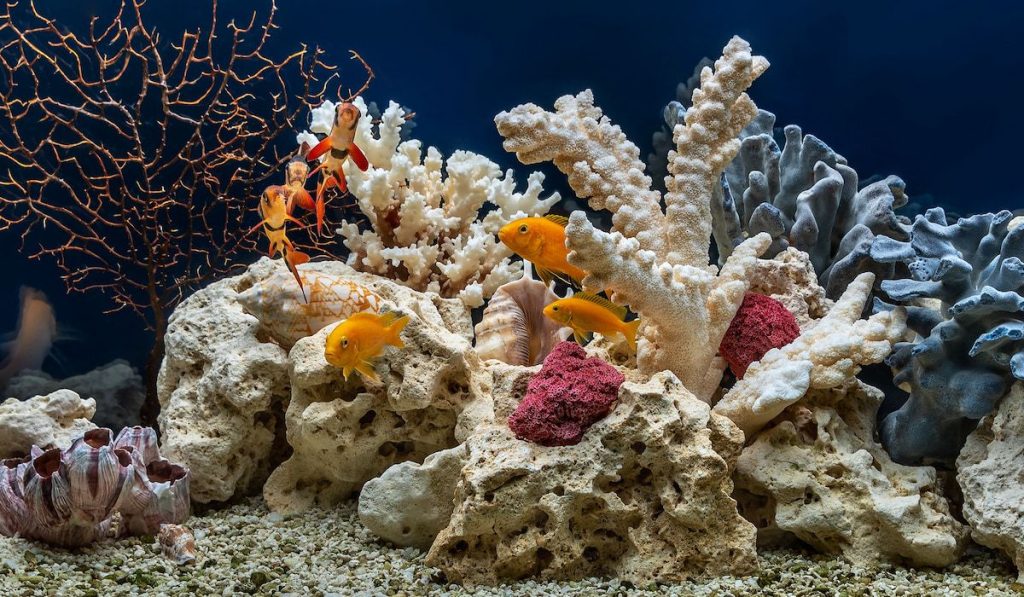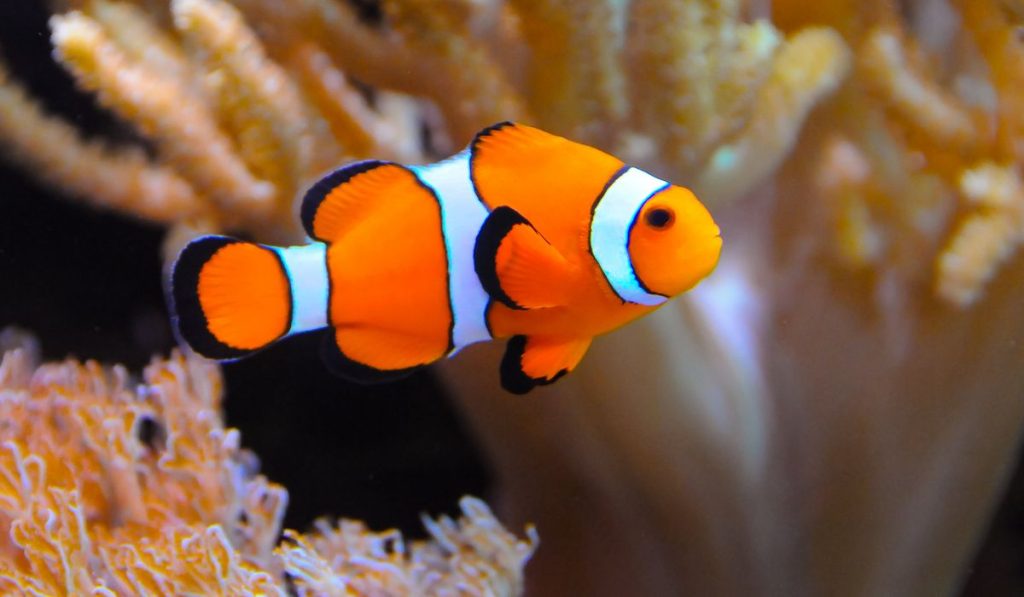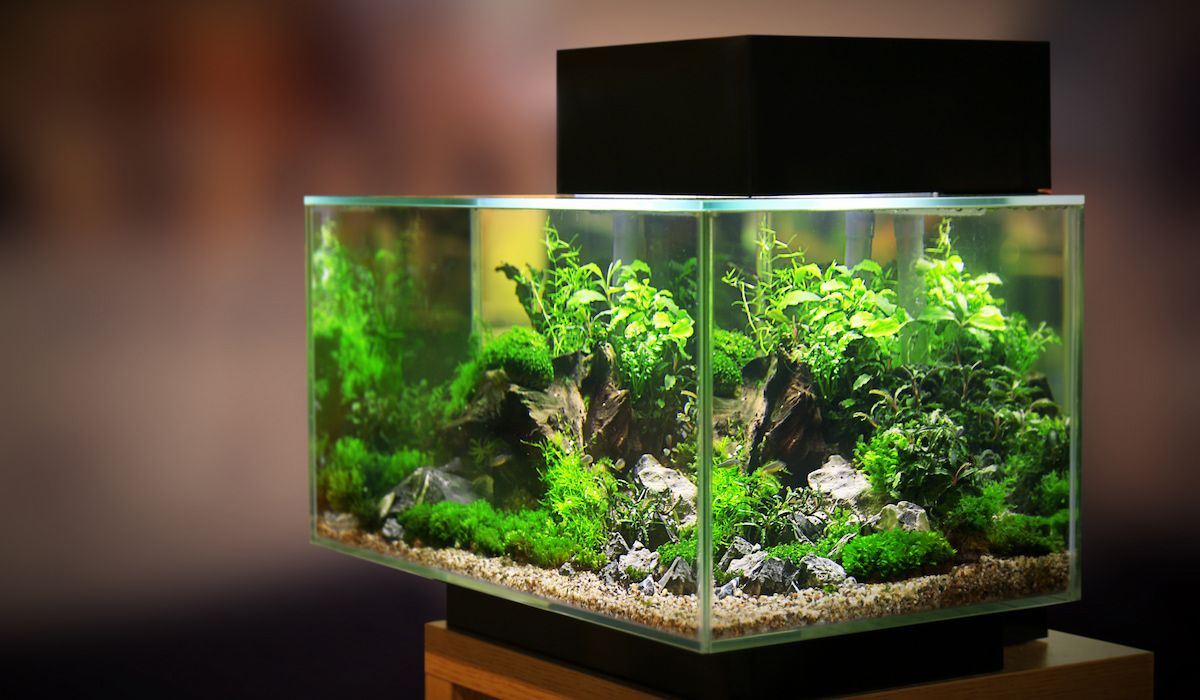Are you worried about overpopulating your aquarium? Thankfully, there are a few rules you can follow.
As a general rule of thumb, one inch of fish per gallon of water for smaller fish like Neon Tetras and one inch per two gallons for bigger fish like cichlids. Another method used to determine how many fish you can keep in an aquarium involves surface area: one inch of fish for every 12 inches of surface area.
However, this isn’t always clear-cut.
Understandably you’ve got more questions. Let us explore what you need to know about populating your fish tank.
Rules For Stocking Your Aquarium
In your excitement of starting a fishkeeping hobby, you may make the mistake of buying too many of them. This could potentially cause devastation in your tank.
That’s because the fish will compete for food and oxygen. They’ll also produce waste, which does more harm if they’re too many of them.
The best way to avoid this is to follow the basic rules of stocking fish.
Using volume
As mentioned earlier, the general rule is one inch for every gallon of water for small fish.
However, for the bigger fish, you need double the water for the same amount of fish.
For example, you can keep 10 Celestial Pearl Danios but only 5 Sunburst Platies in 10 gallons of water.

To be specific, the inch size here refers to the adult size of the fish. Thus, you’ll need to do some research to find out how big your fish can grow.
That said, there is some margin of error with this rule.
So you have to take these into account and adjust the rule of thumb to suit your specific tank.
Some stocking considerations include:
The type of fish
Some fish need lots of room to swim. Others can only thrive in large groups.
Before applying this rule, it’s essential to know everything you should about that particular type of fish you intend to keep.
The filtration system
With technology helping develop better methods, most filtration systems can now take more fish than in the past.
Real water volume
The size of the tank does not equate to the volume in gallons. Remember, the tank is filled with other things like gravel and plants.
Thus, the actual volume of water is usually less than the capacity of the tank.

The surface area rule
With this rule, one inch of fish needs 12 inches of surface area. Don’t forget to use the adult size of the fish.
For bigger-bodied fish, one inch for every 20 inches will suffice.
To get the surface area of your tank, simply multiply the length by width. However, this method also has its flaws.
For one, it doesn’t take into account waste production. Some species of fish produce lots of waste, so they’ll need a larger surface area.
Should You Use The Traditional Fish Stocking Rules?
As you’ve already noticed, these rules are not an exact science. To begin with, they don’t take into account the behavior of the fish.
For example, some fish species are territorial and will fight ( to death) even if they have ample space according to the rules.
Moreover, tanks have different shapes and depths. Which means they may not have sufficient space for the fish.

So, should you throw out the guidelines?
Not at all. Use them to provide a general guideline and starting point. Then complement it with more research.
Also, err on the side of caution with the recommendations.
Here’s an example of how you can use these rules. With the volume guideline, a 30-gallon tank can hold 15, 2-inch fish.
But now you know that the rule is not absolute, so account for actual volume and reduce the fish to 12.
Then because of all the other factors, lower your fish count to 9 or 10. That should be a good starting point.
So, How Many Fish Can You Keep In An Aquarium?
There’s no single answer to this question. The exact number for your tank will depend on several factors like;
- The size of your tank
- Your filtration system
- The type of fish
- The shape of the tank
- The fish habits
- How old your aquarium is
There are many other variables to consider.
To determine how many fish you can keep, use the suggested guidelines to get an estimate, then do some fact-finding.
The research will help you find out about each type of fish you intend to house in your aquarium.
Scour the internet for information or go to your local library to read more about fish and aquatic life.
It wouldn’t hurt to contact an expert or ask a veteran fish keeper for more information.
Another good option is to find fish keeping or aquarium societies and clubs near you.
They’ll have tonnes of information that will help you make a better decision. More importantly, discard the myths and stay on the conservative side.




